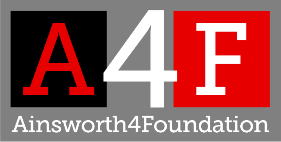Dystonia can be described as focal, where only one area of the body is affected, segmental, two or more connected areas are affected, hemidystonia, one side of the body only is affected, multifocal where two or more unconnected body regions are affected and generalised, where most or all of the body is affected.
Focal dystonias can occur at any age but mostly occur in adults.
They include:
- cervical dystonia – dystonia of the neck causing painful spasms, postures or positions
- blepharospasm – dystonia of the eyelids causing the eyes to blink or close often
- spasmodic dysphonia – dystonia of the larynx or voice box leading to strained, whispering or shaky speech
- writer’s or musician’s cramp – causing difficulty with writing or playing a musical instrument
- oromandibular dystonia – dystonia of the face, jaw, mouth and tongue with difficulty in opening or closing the mouth affecting chewing and speech and causing movements the person cannot control
Segmental dystonias include Meige’s syndrome which is a mix of two forms of dystonia, blepharospasm and oromandibular dystonia that could involve the voice, or combinations such as writer’s cramp and cervical dystonia.
Hemidystonia affects one side of the body. This type of dystonia is usually caused by a brain injury.
Multifocal dystonia is not common, where unconnected areas in the body are affected, for example, spasmodic dysphonia may be seen with writer’s cramp.
Generalised dystonia is the least common form of dystonia but the most disabling and occurs mostly in children and adolescents (13-19 year olds). In this type of dystonia the trunk (central or main part of the body) is involved and two or more other areas of the body. The following types of generalised dystonia are the most common. Please refer to our website for more information.
- Early-onset generalised dystonia. Symptoms start in childhood or adolescence (13-19 years old) and often begins with dystonia of a leg but spreads to other areas.
- Dopa-responsive dystonia is a dystonia that responds well to dopamine, an important chemical messenger in the brain.
- Myoclonus dystonia where quick, jerky movements of mostly the arms are seen in association with dystonia.
Page reviewed 31 January 2024



